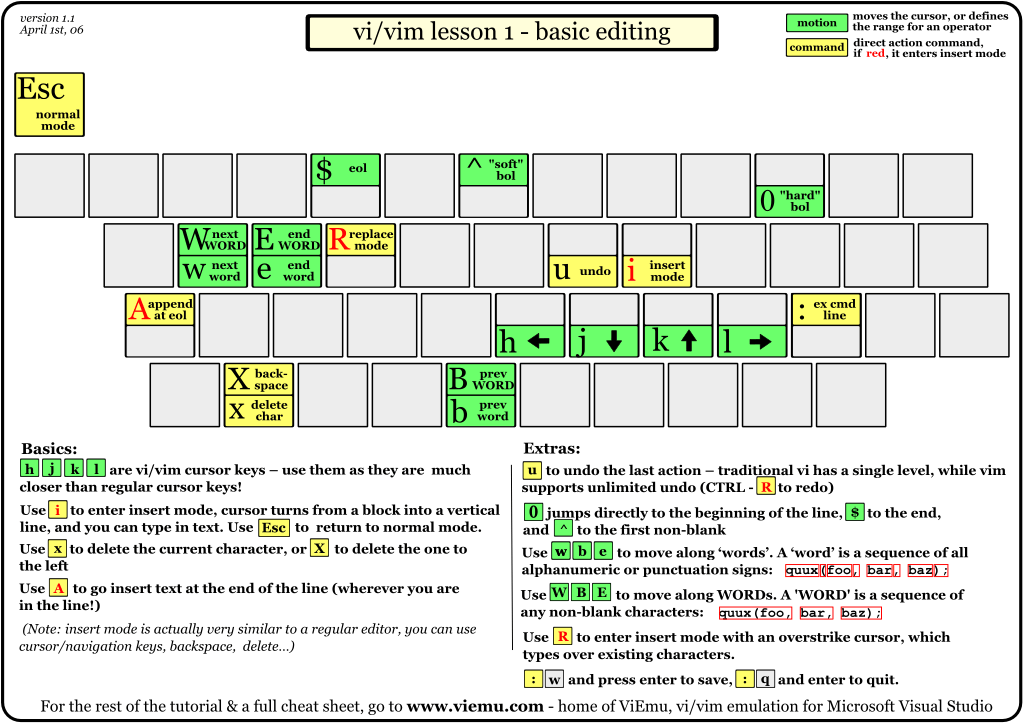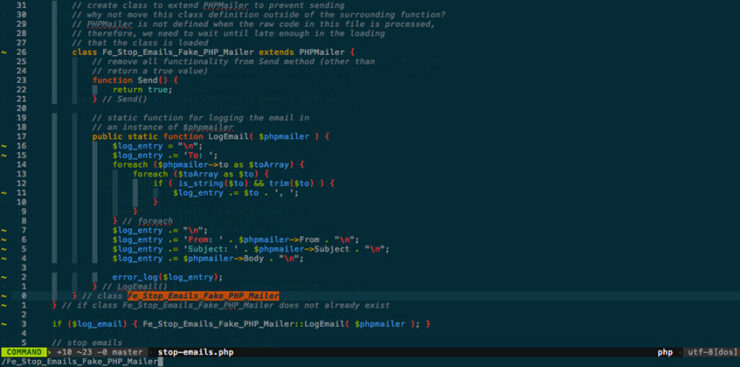
The file to edit and the initial cursor position depends on a "tag", a sort of goto label. To edit a file that starts with a dash, precede the filelist with a double dash (" -").Ī single dash specifies that the file to edit is to be read from standard input. This allows commands such as :argdo, which execute a different Vim command. You can get to the other files with the " :next" command. You can execute more than one command by placing a between two commands. The cursor will be positioned on the first line of the buffer. The first one will be the current file and read into the buffer.

Main options file.Ī list of one or more file names. Otherwise, one out of the following four options may be used to choose one or more files to be edited. If the filelist is missing, the editor will start with an empty buffer. Insert Mode: You cannot write text in command mode. In this mode, you can move across the screen, delete text and copy text. Vim has three modes: Command Mode: When you start Vim, you are placed in Command mode. More generally, the syntax for starting vim is as follows: vim Jovica Ilic Understand the Vim modes Before we start, let’s know about the Vim modes.

Often, vim is started to edit a single file using the following command.
Vim dcommands windows#
There are a lot of enhancements above Vi: multi level undo, multiple windows and buffers, syntax highlighting, command line editing, file name completion, a complete help system, visual selection, and others. For example, if you want to move to line 20, enter the command below.Vim is a text editor that is upwards compatible to Vi. If you already know the line number, use the following method to go directly to the corresponding line. For example, if you want to go to line 15, enter. Once you have set the line number, press “: n” to go to the corresponding line number. You can get to the other files with the :next command. If you want to move back to the command mode, press Esc (escape) key. If you don’t know the line number I suggest you go with the first method.Īdd line number by opening a file and running the command below. The cursor will be positioned on the first line of the buffer. You start in command mode, you go in to insert mode.

You can do this in two ways, depending on your need. How do I go to a particular line in Vim Editor

Vim dcommands how to#
There are several file editors on Linux, and how to choose the right one for your needs. Last change: 2010 Jul 20 VIM - main help file k Move around: Use the cursor keys. If you are a system administrator or developer, you may need to edit a file while working on the Linux terminal.


 0 kommentar(er)
0 kommentar(er)
